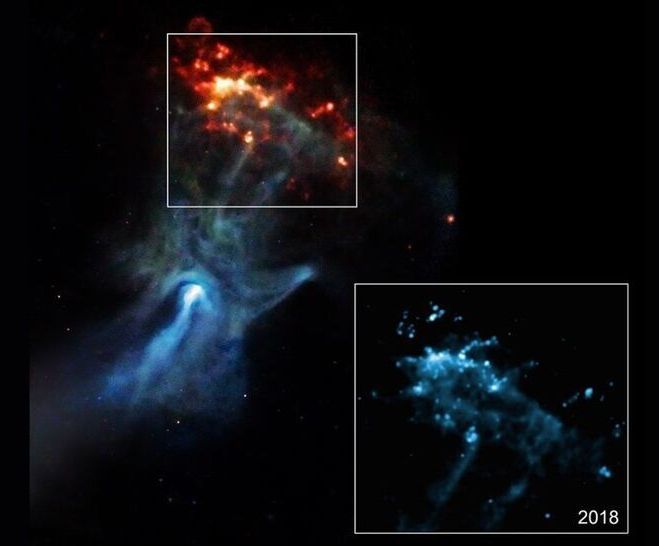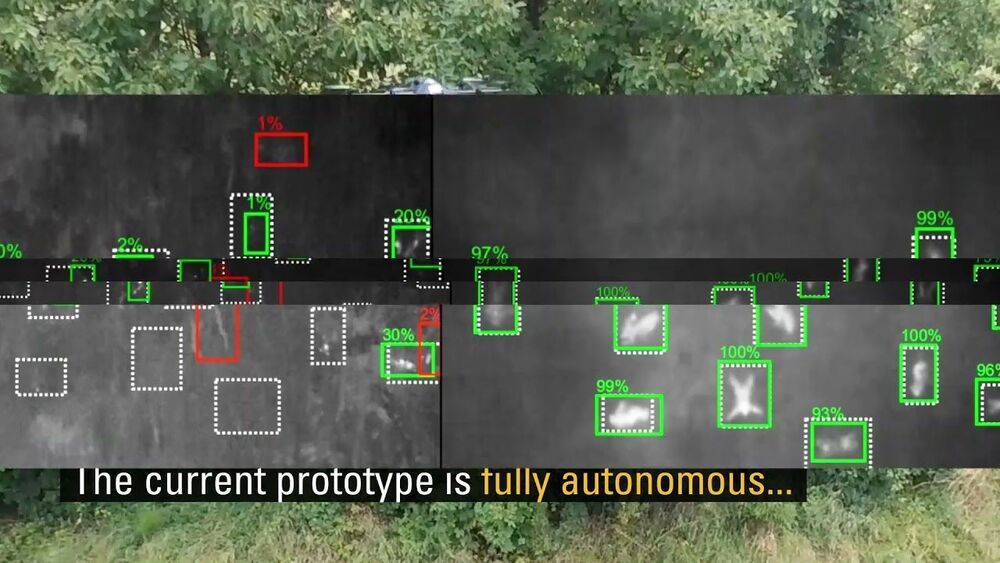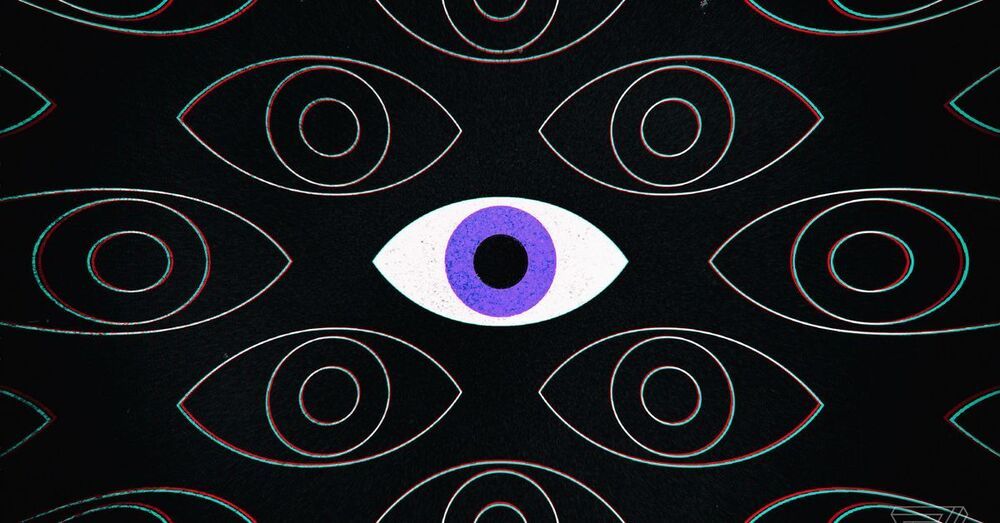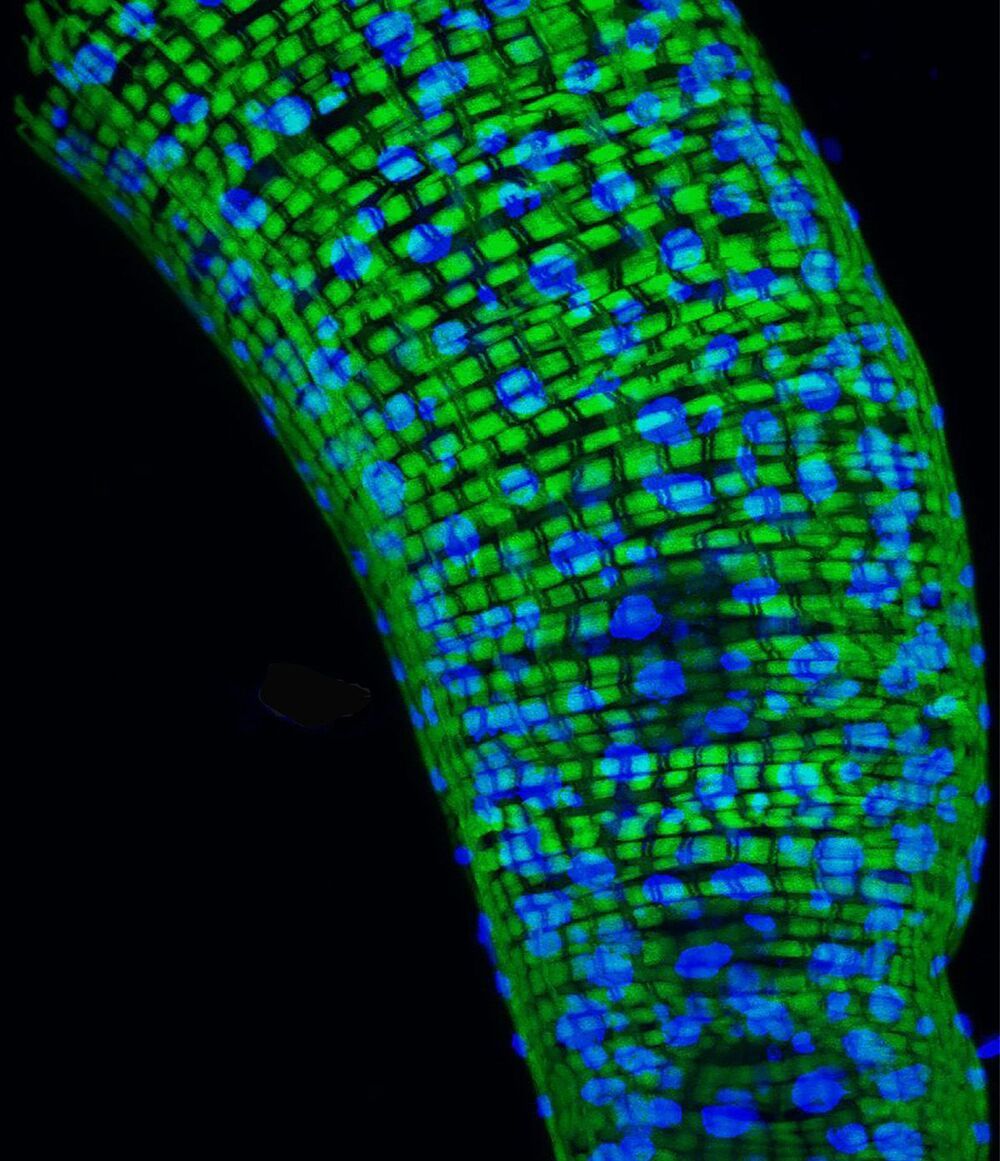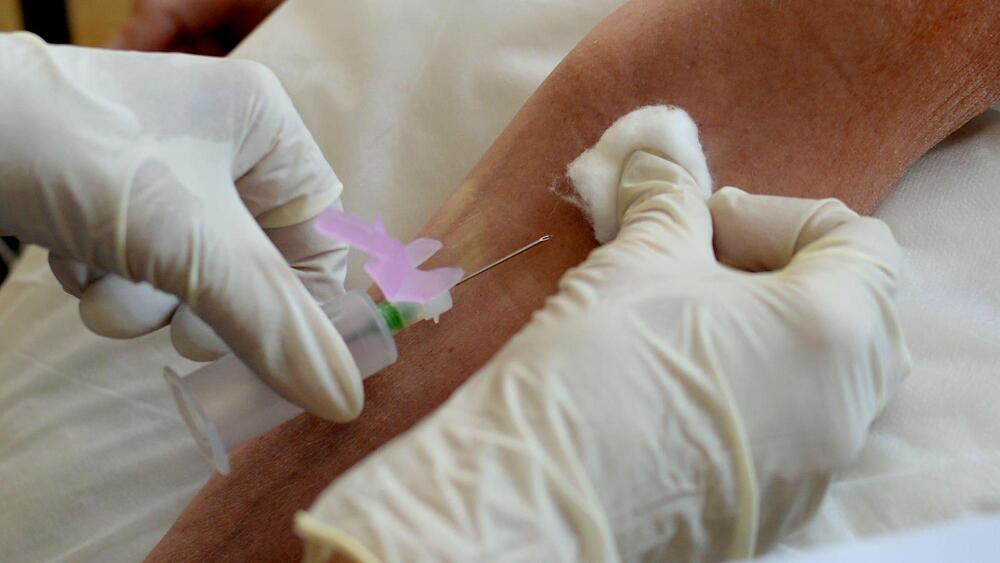The US Federal Aviation Administration says Sir Richard’s rocket plane can carry paying customers.
An enormous ghostly hand stretches through the depths of space, its wispy fingers pressing against a glowing cloud.
It sounds like science fiction, but it’s quite real, as imagery gathered by NASA’s Chandra X-ray Observatory shows.
It’s hard to see more than a handful of stars from Princeton University, because the lights from New York City, Princeton, and Philadelphia prevent our sky from ever getting pitch black, but stargazers who get into more rural areas can see hundreds of naked-eye stars — and a few smudgy objects, too.
The biggest smudge is the Milky Way itself, the billions of stars that make up our spiral galaxy, which we see edge-on. The smaller smudges don’t mean that you need glasses, but that you’re seeing tightly packed groups of stars. One of the best-known of these “clouds” or “clusters” — groups of stars that travel together — is the Pleiades, also known as the Seven Sisters. Clusters are stellar nurseries where thousands of stars are born from clouds of gas and dust and then disperse across the Milky Way.
For centuries, scientists have speculated about whether these clusters always form tight clumps like the Pleiades, spread over only a few dozen lightyears.
A team of researchers working at Johannes Kepler University has developed an autonomous drone with a new type of technology to improve search-and-rescue efforts. In their paper published in the journal Science Robotics, the group describes their drone modifications. Andreas Birk with Jacobs University Bremen has published a Focus piece in the same journal issue outlining the work by the team in Austria.
Finding people lost (or hiding) in the forest is difficult because of the tree cover. People in planes and helicopters have difficulty seeing through the canopy to the ground below, where people might be walking or even laying down. The same problem exists for thermal applications—heat sensors cannot pick up readings adequately through the canopy. Efforts have been made to add drones to search-and–rescue operations, but they suffer from the same problems because they are remotely controlled by pilots using them to search the ground below. In this new effort, the researchers have added new technology that both helps to see through the tree canopy and to highlight people that might be under it.
The new technology is based on what the researchers describe as an airborne optical sectioning algorithm—it uses the power of a computer to defocus occluding objects such as the tops of trees. The second part of the new device uses thermal imaging to highlight the heat emitted from a warm body. A machine-learning application then determines if the heat signals are those of humans, animals or other sources. The new hardware was then affixed to a standard autonomous drone. The computer in the drone uses both locational positioning to determine where to search and cues from the AOS and thermal sensors. If a possible match is made, the drone automatically moves closer to a target to get a better look. If its sensors indicate a match, it signals the research team giving them the coordinates. In testing their newly outfitted drones over 17 field experiments, the researchers found it was able to locate 38 of 42 people hidden below tree canopies.
The AIR program was run by a company called Persistent Surveillance Systems with funding from two Texas billionaires. The city police department admitted to using planes to surveil Baltimore residents in 2016 but approved a six-month pilot program in 2020, which was active until October 31st.
The city of Baltimore’s spy plane program was unconstitutional, violating the Fourth Amendment protection against illegal search, and law enforcement in the city cannot use any of the data it gathered, a court ruled Thursday. The Aerial Investigation Research (or AIR) program, which used airplanes and high-resolution cameras to record what was happening in a 32-square-mile part of the city, was canceled by the city in February.
Local Black activist groups, with support from the ACLU, sued to prevent Baltimore law enforcement from using any of the data it had collected in the time the program was up and running. The city tried to argue the case was moot since the program had been canceled. That didn’t sit well with civil liberties activists. “Government agencies have a history of secretly using similar technology for other purposes — including to surveil Black Lives Matter protests in Baltimore in recent years,” the ACLU said in a statement Thursday.
In an en banc ruling, the US Court of Appeals for the Fourth Circuit found that “because the AIR program enables police to deduce from the whole of individuals’ movements, we hold that accessing its data is a search and its warrantless operation violates the Fourth Amendment.” Chief Judge Roger Gregory wrote that the AIR program “is like a 21st century general search, enabling the police to collect all movements,” and that “allowing the police to wield this power unchecked is anathema to the values enshrined in our Fourth Amendment.”
Thousands of drones flying through the air need to be managed so it doesn’t end in disaster.
“At first, we had a hard time believing the results. Many of these genes are classical hallmarks of aging and yet our results suggested that their activity is more a function of the presence of bacteria rather than the aging process,” said Dr. Shukla.
Notably, this included genes that control stress and immunity. The researchers tested the impact that the antibiotics had on these genes by starving some flies or infecting others with harmful bacteria and found no clear trend. At some ages, the antibiotics helped flies survive starvation or infection longer than normal whereas at other ages the drugs either had no effect or reduced the chances of survival.
NIH scientists discover that bacteria may drive activity of many hallmark aging genes in flies.
A simple blood test that can detect more than 50 types of cancer before any clinical signs or symptoms of the disease is accurate enough to be rolled out as a multi-cancer screening test, according to scientists.… See More.
The test is based on a type of DNA that is shed by tumours into the bloodstream.
I am waiting for tricorders.
The idea of visiting the doctor’s office with symptoms of an illness and leaving with a scientifically confirmed diagnosis is much closer to reality because of new technology developed by researchers at McMaster University.
Engineering, biochemistry and medical researchers from across campus have combined their skills to create a hand-held rapid test for bacterial infections that can produce accurate, reliable results in less than an hour, eliminating the need to send samples to a lab.
Their proof-of-concept research, published today in the journal Nature Chemistry, specifically describes the test’s effectiveness in diagnosing urinary tract infections from real clinical samples. The researchers are adapting the test to detect other forms of bacteria and for the rapid diagnosis of viruses, including COVID-19. They also plan to test its viability for detecting markers of cancer.
You’ll need a 64-bit CPU to test Microsoft’s latest OS.
To install Windows 11, you will need a 64-bit CPU, 4GB of RAM, and an internet connection.

